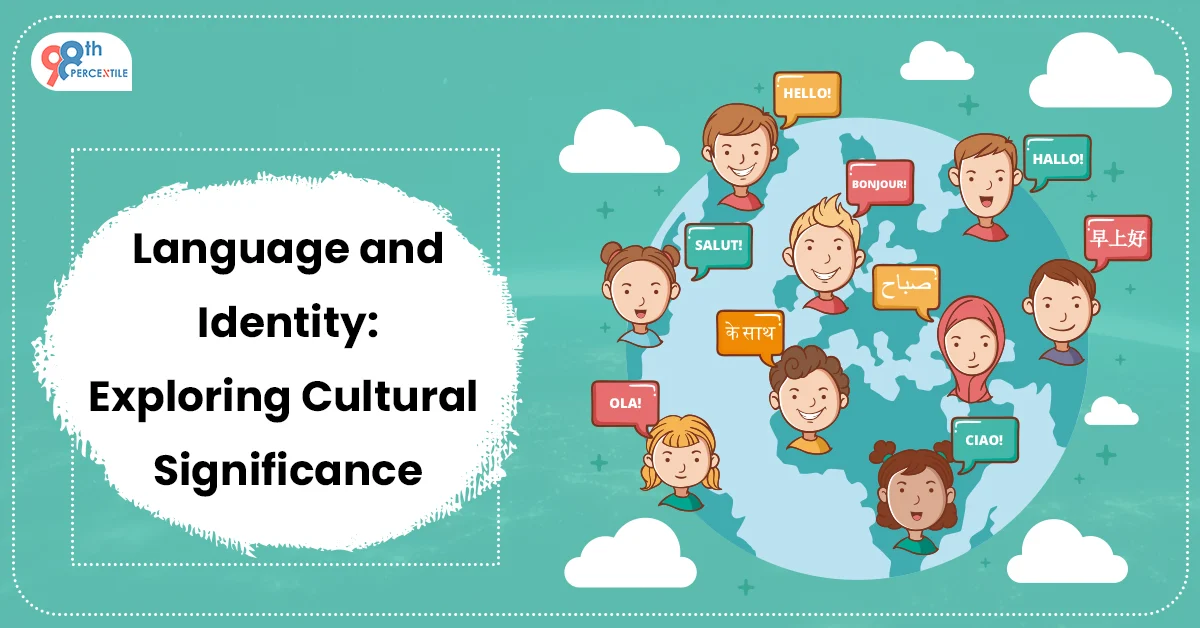Table of Contents
Introduction:
In the heart of Mexican culinary culture lies a beloved treasure: pan dulce, or sweet bread. Much more than a simple baked good, pan dulce represents a vibrant tapestry of tradition, heritage, and community. With its diverse array of shapes, flavors, and textures, pan dulce has captured the hearts and palates of people around the world. In this comprehensive exploration, we delve into the rich history, cultural significance, and mouthwatering variety of pan dulce, tracing its roots from ancient Mesoamerican civilizations to contemporary bakeries across the globe.
Origins and History:

Pan dulce traces its origins back to pre-Columbian Mesoamerican civilizations, where indigenous peoples crafted bread using corn, amaranth, and other local grains. The Spanish conquest of Mexico in the 16th century introduced wheat, sugar, and other European ingredients, transforming traditional Mesoamerican bread-making techniques and giving rise to the sweet and savory delights we know today as pan dulce.
During the colonial period, Spanish bakers combined European baking techniques with indigenous ingredients and flavors, giving birth to an entirely new culinary tradition. Early pan dulce varieties included conchas, bolillos, and cuernos, each reflecting a blend of Spanish, indigenous, and African influences.
Cultural Significance:

Pan dulce holds a special place in Mexican culture, serving as a staple of everyday life and a centerpiece of festive celebrations. Whether enjoyed with morning coffee, shared among family and friends during holidays, or offered as a gesture of hospitality, pan dulce embodies the warmth, conviviality, and generosity of Mexican hospitality.
In addition to its role as a beloved culinary delight, pan dulce is deeply intertwined with Mexican identity and heritage. Its diverse shapes, flavors, and decorations reflect the country’s rich cultural tapestry, with each region boasting its own unique varieties and specialties.
Popular Varieties:

The world of pan dulce is as diverse as it is delicious, with a seemingly endless array of shapes, flavors, and textures to tantalize the taste buds. From classic favorites to regional specialties, there’s a pan dulce for every palate and occasion.
Conchas: Perhaps the most iconic of all pan dulce varieties, conchas are sweet bread rolls topped with a crunchy, sugary shell resembling a seashell. Available in an assortment of colors and flavors, conchas are a beloved breakfast treat enjoyed throughout Mexico and beyond.
Bollilos: Resembling French baguettes, bolillos are crusty, oblong rolls commonly used for making tortas (sandwiches). Their crisp exterior gives way to a soft, fluffy interior, making them the perfect vehicle for a variety of fillings and spreads.
Orejas: Also known as palmiers or elephant ears, orejas are delicate, flaky pastries shaped like butterfly wings. Made from layers of buttery puff pastry, orejas are often sprinkled with cinnamon sugar for a sweet and crunchy finish.
Empanadas: Not to be confused with their savory counterparts, sweet empanadas are filled with fruit preserves, creamy custard, or sweetened cream cheese. These handheld treats are perfect for on-the-go snacking or as a delightful dessert.
Cemitas: Hailing from the city of Puebla, cemitas are sesame seed-topped sandwich rolls filled with a variety of savory ingredients, such as meats, cheeses, avocado, and chipotle peppers. Despite their savory nature, cemitas often feature a touch of sweetness in the dough, adding depth and complexity to their flavor profile.
Polvorones: Also known as Mexican wedding cookies or shortbread cookies, polvorones are crumbly, buttery cookies dusted with powdered sugar. Their melt-in-your-mouth texture and delicate flavor make them a popular choice for special occasions and holiday gatherings.
Regional Specialties:
In addition to these well-known varieties, each region of Mexico boasts its own unique pan dulce specialties, reflecting local ingredients, culinary traditions, and cultural influences. From the sugary delights of Oaxaca’s pan de yema to the savory-sweet fusion of Jalisco’s rosca de biscocho, there’s always something new and exciting to discover in the world of pan dulce.
Conclusion:
In conclusion, pan dulce stands as a testament to the rich heritage, vibrant diversity, and unparalleled creativity of Mexican baking tradition. From its humble origins in ancient Mesoamerica to its widespread popularity in bakeries around the world, pan dulce continues to delight and inspire generations of food lovers with its irresistible flavors, textures, and aromas.
Whether enjoyed as a simple morning indulgence or as part of a festive celebration, pan dulce brings people together, nourishing both body and soul with its timeless appeal.So the next time you bite into a warm, freshly baked concha or savor the delicate crunch of an oreja, take a moment to appreciate the centuries of history and culture that have shaped this beloved culinary treasure. ¡Buen provecho!
For More Information Please Visit These Websites Mindmeister